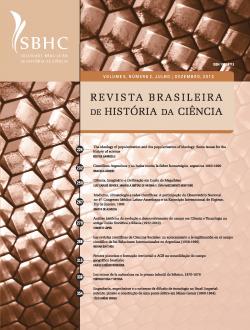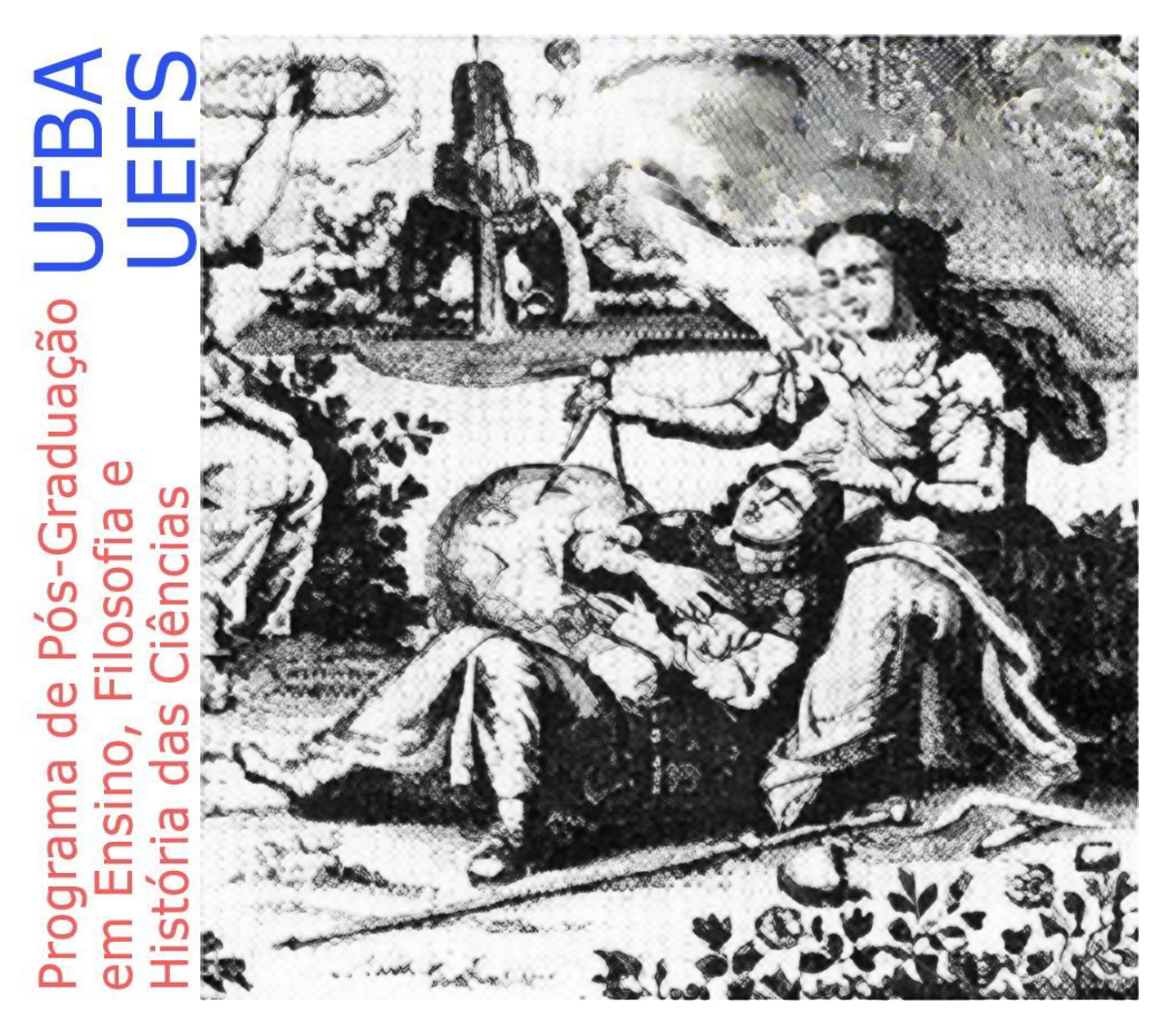Arqueologia botânica dos jardins de Burle Marx no Recife
A Praça de Casa Forte e a Praça Euclides da Cunha
Keywords:
Urban development, garden, landscape architecture, RecifeAbstract
In the 1930s, the modern garden was created in Recife by Roberto Burle Marx. For him the garden design is a reintegration of the aesthetic components of the landscape in which vegetation is the main element. Taking it in account, from 1935 to 1937, Burle Marx designed a set of thirteen public gardens as part a plan for Recife embellishment including Casa Forte Square and Euclides da Cunha Square as his first landscape garden designs. For it works with living beings, a garden maintenance adds to the complexity and dynamic life cycle, and as it is perishable and renewable, as specified in the Charter of Florence [1981], the lack of a garden maintenance causes degradation which is only reversed with garden restoration. In this sense, the conservation of the vegetation of a historic garden has its own features because it is historic vegetation which means the knowledge of the original and actual floristic composition, in other words, an archaeology botanic study. Given this, the problem of this study established around of the lack of an understanding of historic vegetation of Casa Forte Square and Euclides da Cunha Square. This study aims to identify the original and current floristic composition of these squares and compare them to ensure conservation actions in order to achieve garden authenticity. It was observed that despite of the interventions related with the vegetation of the original projects, the idea of the landscape designer has remained.
Downloads
Downloads
Published
Issue
Section
License

This work is licensed under a Creative Commons Attribution-NonCommercial-NoDerivatives 4.0 International License.















